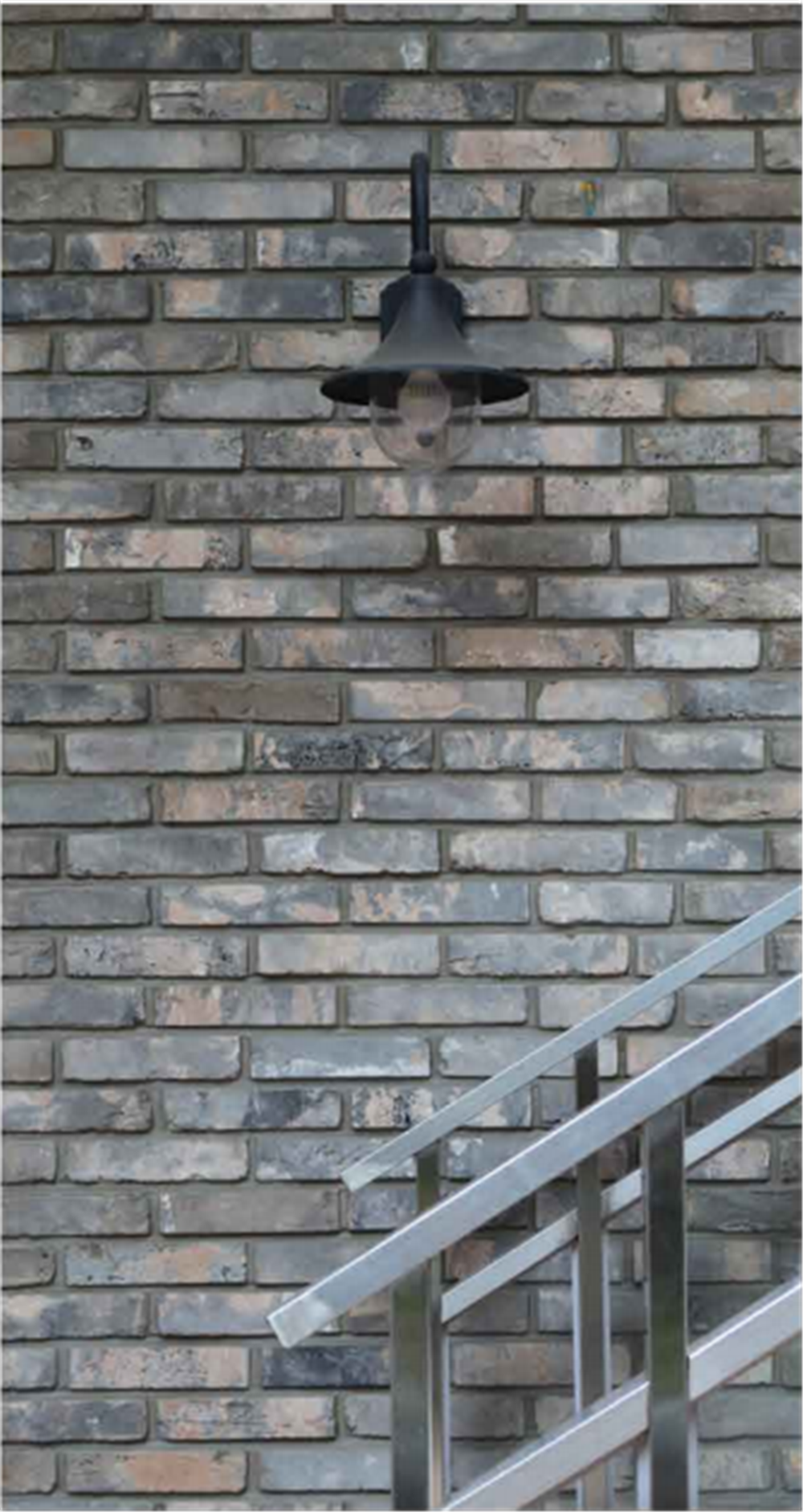Enhancing Aesthetics and Durability with Stone Veneer Cladding

Introduction
Stone veneer cladding is a popular choice for enhancing the aesthetics and durability of buildings. This type of cladding involves the use of thin pieces of natural or manufactured stone that are applied to the exterior of a structure. The result is a beautiful and durable finish that can mimic the look of traditional stone masonry at a fraction of the cost. In this comprehensive guide, we will explore the various aspects of stone veneer cladding, including its benefits, types, installation methods, maintenance, and sustainability.
Benefits of Stone Veneer Cladding
Stone veneer cladding offers a wide range of benefits that make it an attractive choice for both residential and commercial projects. One of the primary advantages of stone veneer cladding is its aesthetic appeal. The natural beauty of stone can enhance the visual appeal of any building, adding a touch of elegance and sophistication. Additionally, stone veneer comes in a variety of colors, shapes, and textures, allowing for endless design possibilities.
In addition to its aesthetic appeal, stone veneer cladding also provides excellent durability. Stone is a naturally durable material that is resistant to weathering, fading, and impact damage. When properly installed, stone veneer can protect a building's exterior from the elements, helping to prolong its lifespan and reduce maintenance costs over time.
Furthermore, stone veneer cladding is a cost-effective alternative to traditional stone masonry. The thin nature of stone veneer makes it lighter and easier to install, which can result in lower labor and material costs. Additionally, the versatility of stone veneer allows for quick and easy installation, saving time and reducing construction delays.
Types of Stone Veneer
There are two main types of stone veneer: natural stone veneer and manufactured stone veneer. Natural stone veneer is made from real stone that is cut into thin slices to create a lightweight and flexible material that can be easily applied to a building's exterior. Natural stone veneer offers the authentic look and feel of traditional stone masonry, with each piece showcasing the unique characteristics of the original stone.

Manufactured stone veneer, also known as faux stone or cultured stone, is made from a mixture of cement, aggregates, and pigments that are molded and colored to resemble natural stone. Manufactured stone veneer is available in a wide range of colors and textures, making it a versatile option for achieving a specific aesthetic.
Installation Methods
The installation of stone veneer cladding requires careful planning and execution to ensure a successful outcome. There are two main methods for installing stone veneer: the traditional mortar method and the modern panel system method.
The traditional mortar method involves applying a layer of mortar to the building's exterior and then pressing the stone veneer into place. This method requires skilled labor and is more time-consuming compared to the panel system method. However, the traditional mortar method offers a strong and durable bond that can withstand the elements and provide long-lasting protection.
The panel system method involves pre-fabricated panels of stone veneer that are attached to the building's exterior using mechanical fasteners or adhesives. This method is faster and easier to install compared to the traditional mortar method, making it a popular choice for projects with tight timelines. The panel system method also allows for greater design flexibility, as panels can be easily removed and replaced if needed.
Maintenance
Proper maintenance is essential for ensuring the longevity and performance of stone veneer cladding. Regular cleaning is necessary to remove dirt, debris, and other contaminants that can accumulate on the surface of the stone. This can be done using a mild detergent and water, along with a soft brush or sponge to gently scrub the stone veneer.
In addition to cleaning, it is important to inspect the stone veneer periodically for any signs of damage, such as cracks, chips, or loose pieces. Any damaged areas should be repaired promptly to prevent further deterioration and maintain the structural integrity of the cladding. Sealing the stone veneer with a protective sealant can also help to enhance its durability and resistance to water penetration.
Sustainability
Stone veneer cladding is a sustainable choice for building exteriors due to its natural composition and long lifespan. Natural stone veneer is an environmentally friendly material that is harvested from quarries using responsible mining practices. Additionally, the durability of stone veneer reduces the need for frequent replacements, which helps to conserve resources and reduce waste.
Manufactured stone veneer is also a sustainable option, as it is made from recycled materials and requires less energy to produce compared to natural stone. Ledge stone for coastal properties of manufactured stone veneer also reduces transportation costs and emissions, further contributing to its eco-friendliness.
Conclusion
Stone veneer cladding is a versatile and durable option for enhancing the aesthetics and durability of buildings. With its wide range of benefits, including aesthetic appeal, durability, cost-effectiveness, and sustainability, stone veneer cladding is a popular choice for residential and commercial projects. By understanding the different types of stone veneer, installation methods, maintenance requirements, and sustainability considerations, architects, builders, and homeowners can make informed decisions when incorporating stone veneer cladding into their projects.
